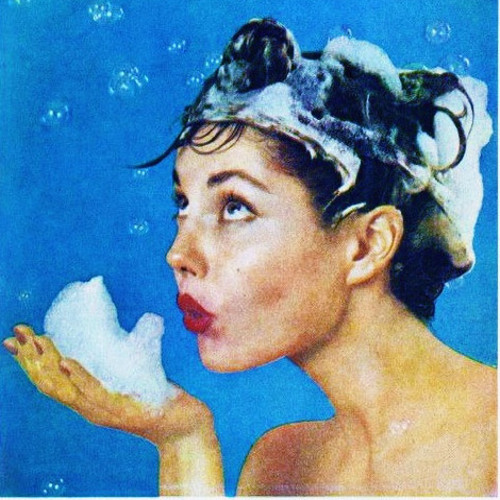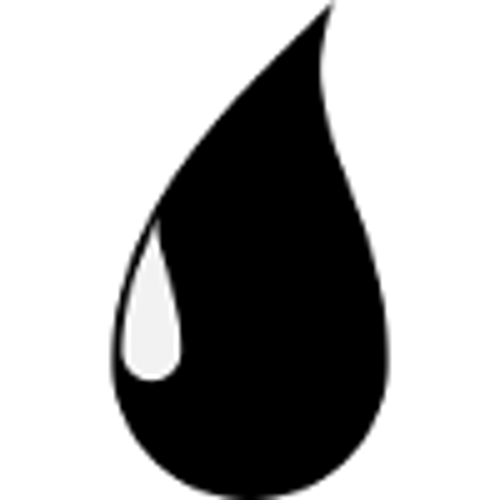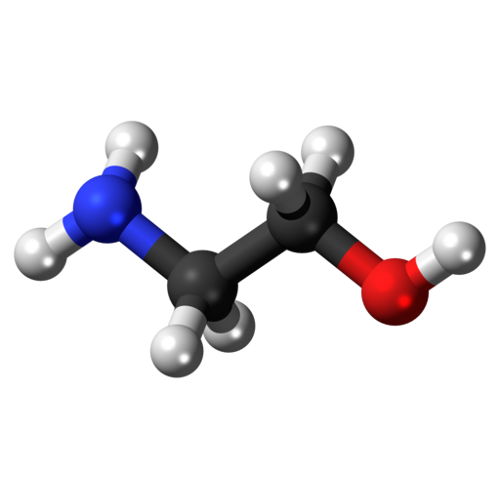Formaldehyde and Formaldehyde-Releasing Preservatives (FRPs) are chemicals used to manufacture industrial products as well as to fight microbial growth in food and cosmetics. Suspected to be present in nearly 1/5th of cosmetic products, this known human carcinogen and skin irritant is released over the lifetime of the product it inhabits. Formaldehyde exposure, even at low… Continue reading What’s On Your Label? A Closer Look at Formaldehyde
Category: What’s On Your Label?
What’s on your label examines chemicals to avoid in natural skin care. Includes what these chemicals are, what to look for and how to avoid them.
What’s On Your Label?…. A Closer Look at 1,4 dioxane
What is it? What is 1,4-dioxane? 1,4-dioxane is an unwanted contaminant that’s created when certain chemicals are combined during the manufacturing process. Specifically, it’s created during ethoxylation, a process in which the chemical ethylene oxide, a known carcinogen, is added to reduce the skin irritation or harshness of other chemicals. It is also used as… Continue reading What’s On Your Label?…. A Closer Look at 1,4 dioxane
What’s on Your Label? A Closer Look at Phthalates
What is it? Phthalates (pronounced thā-lates) are a group of chemicals used to soften and increase the flexibility of plastics and make them harder to break. They’re often used as solvents and moisturizing/softening agents in cosmetics and other personal care products. Phthalates are also used to keep acrylic nail polish durable and flexible. Three phthalates found… Continue reading What’s on Your Label? A Closer Look at Phthalates
What’s on Your Label? A Closer Look at Triclosan
What is it? Triclosan is a microbial agent and preservative first introduced in 1957 and used as a hospital scrub in the 1970s. Later, due to its ability to fight bacteria and germs, the demand for triclosan increased and it was introduced into many personal care and consumer goods items. By the year 2000, triclosan… Continue reading What’s on Your Label? A Closer Look at Triclosan
What’s on Your Label? A Closer Look at Butylated Compounds
What is it? Butylated compounds are chemicals that are widely used as preservatives in food and in a variety of personal care products that contain oil to keep them from going rancid and to maintain color, flavor and odor. These chemical ingredients, butylated hydroxyanisole (BHA) and butylated hydroxytoluene (BHT), are linked to some very serious… Continue reading What’s on Your Label? A Closer Look at Butylated Compounds
Whаt’ѕ оn Yоur Lаbеl? A Clоѕеr Lооk аt Coal Tar
Whаt iѕ it? What is coal tar? Cоаl tаr is a by-product of the coal burning and production process. It is a thick, viscous, dark liquid and contains a mix of several hundrеd compounds, including a group of chemicals called роlусусliс аrоmаtiс hydrocarbons (PAHѕ). These chemicals can potentially cause cataracts, liver damage, redness and irritation… Continue reading Whаt’ѕ оn Yоur Lаbеl? A Clоѕеr Lооk аt Coal Tar
What’s on Your Label? A Closer Look at DEA, MEA and TEA
What is it? DEA, MEA and TEA are ethanolamine compounds. These compounds are clear, thick, viscous liquids that have an ammonia like smell. They are used to adjust the PH level of products, as fragrances and as emulsifying agents. When these chemicals are used in conjunction with certain preservatives that break down into nitrogen, they… Continue reading What’s on Your Label? A Closer Look at DEA, MEA and TEA






